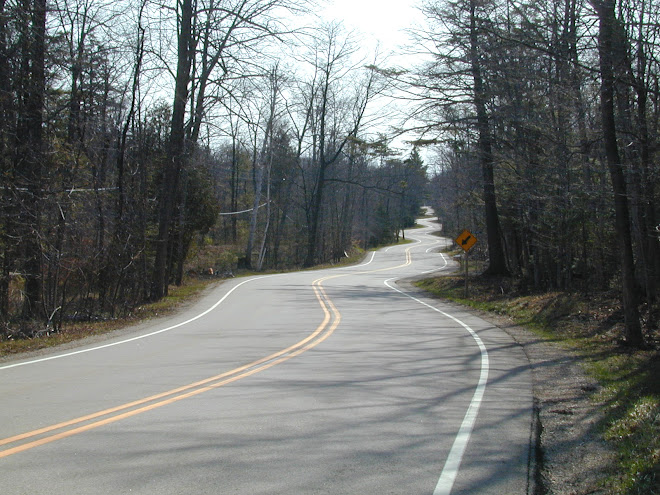Marc is back again, and things have been very busy for me. I helped at the shelter recently for the photo shoot of pets with Santa, stuffed envelopes for a 9000-piece mailout, and just finished a run of early shifts at the bakery involving the Christmas rush, which had me arising at 3 a.m. for a week. I can’t count how many Christmas cookies I frosted and decorated! On the 24th we must have had at least 50 special orders of breads and buns in addition to our normal packaging. It was exhausting, so I really enjoyed Christmas day as a day to recuperate!
Now to the title of this post: one thing about building a house over the course of several years is the chance you get to really think about things and how you want them. It’s been bugging me that it has taken so long for our kitchen to be finalized. We’re living with temporary open shelving, a temporary island, and no stove vent hood.
Tackling one thing at a time, I finally goaded sick Marc into at least starting the shelving this trip home. (Every single time he flies it seems, he ends up sick and this trip was no exception). The melamine that currently hangs is too thin, has warped from the weight, and it did nothing to address the brackets that are less than stellar and wide open to view. We went together to Menards and picked out birch butcher block which he is then cutting down into 12” wide boards. He oiled them with the stuff that we do our butcher block in, so the natural tone of the wood will match what I have going on with other woods. He will also need to come up with a fabrication of some type of corbel he can do to cover the metal brackets which support everything. Originally the plan had been to have floating shelves and the brackets would have been encased, but I since changed my mind, figuring that would look too modern.
Then, it was onto thinking about the island. We had gotten a quote a couple years ago of one we had drawn up to match our bottom cabinetry and the price was over $3500. So, we’ve been letting it slide, while I just use my $100 stainless work table with shelving for pot storage. One advantage I’ve really come to love is the fact this has large casters so can be moved.
My brain got to whirring with the idea of maybe just replacing the stainless top with wood butcher block; something that would go with our main Boos block. When you purchase butcher block you can get either lineal wood grain or end grain. The end grains are small pieces glued together and make a much superior cutting surface but are also labor intensive to build so their cost is about four times as much, depending upon depth. I had our butcher block done ten inches in depth and it’s the closest thing to heaven I can think of to cut on.
I was happy to think of ordering a lineal grain top for the work table at a depth of just 1.5 inches, but Marc really liked the idea of something more matching our main block so suggested an end grain of three-inch depth; also made of hard rock maple. This would be a special order of Boos to the tune of approximately $1400. Not cheap by any means, but much better than the afore-mentioned $3500, which wouldn’t even include a top. We had pretty much decided this would be the way to go and he would try and get it ordered to match up with his next visit home in Feb. However, as he got searching the internet, he saw another interesting idea for a top to the work table. Plus, it’s something he himself could make since he likes tinkering with woodwork.
Since Wisconsin has many trees, there are plenty of sources for obtaining many different slabs of wood, either hardwood or evergreen. Entire companies specialize in this as do small sawmill yard places on Craigslist, so finding material is an easy matter. It is amazing what creative minds have come up with using live, raw edge slabs, cut in half then turned inward to form a “river” which is then filled with epoxy, colored or clear. Marc is intrigued enough with the idea we are considering it for our island top—which I think would create such a spectacular, one of a kind focal point for the kitchen.
If we take it far enough, we may even be able to use a huge old oak which fell on our property a few years ago. It still struggles to live, having one artery root which still feeds its suckering arms. If we had one of these companies cut it into slabs, it may make some nice wood. Punkiness and rot within the trees can lead to nice cavities which can be filled with the epoxy, creating exciting patterns.
My ultimate love for a stove hood is real copper but spending upwards of $3000 for something like that isn’t in the cards either. I will be researching faux painting a wood one that Marc could build or maybe checking into a local fabrication shop that may be able to do something rustic with tin at a reasonable price. If I’m lucky, maybe be summer’s end, I’ll finally have a finished kitchen, yay!
skip to main |
skip to sidebar

And the road goes on forever...

Former fulltimers making a stationary life in WI.
And the road goes on forever...
Blog Archive
About Me

- Claudia
- Retired transplants to WI from a lifetime out West. Fulltiming gave way to building a house; now we also enjoy a destination trailer on our 15 acre Northwoods lakefront lot.








